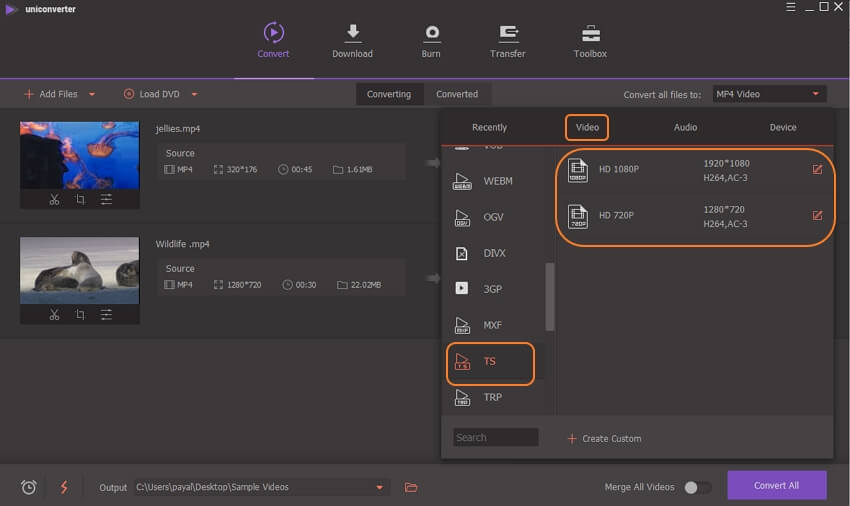

I'll probably revisit this in the future. Having finished this little investigation, and learnt a lot about video muxing, the main conclusion is that a Raspberry Pi Zero doesn't have the processing power to mux at an acceptable frame-rate. My motivation for writing this code was to stream video from my Raspberry Pi, and display in a web browser. MPEG-DASH is the technology used by YouTube and Netflix, but unfortunately, it is not natively supported by browsers.
Ffmpeg h264 mp4 mp4#
MP4 is generally not used by companies noted for streaming either. For streaming, this has to moved, so you don't have to download the entire stream before playing it. This is normally present at the end of the file.
Ffmpeg h264 mp4 how to#
By default, an MP4 file contains a moov atom, which details information how to play the file. One of the key observations here is that MP4 is not naturally suited to streaming media. Return Response ( generate (), mimetype =' video/mp4 ') PIPE route (' /video.mp4 ')įor data in iter (p.stdout.readline, b ''): Popen (' cat video.h264 | ' + cmd, shell = True, stdin =subprocess. When converting to an MP4, you want to use the h264 video codec and the aac audio codec because IE11 and earlier only support this combination. ' -c:v h264 ' \ # input is h264 ' -i - ' \ # input from stdin ' -movflags frag_keyframe+empty_moov ' \ # allows mp4 to be streamable ' -vf scale=640:-1 ' \ # scales output to 640px in height, and a width to keep the current ratio. mp4 video file(MPEG4 video codec) and I am trying to convert this to a H264 video codec format(raw h.264 format) using ffmpeg on Linux(Version. from flask import Flask, Response, render_templateĬmd = ' docker run -i -rm jrottenberg/ffmpeg:3.4-alpine ' \ FFmpeg is the leading tool available when muxing is required. If you want to display H264 video on a web browser, it needs muxing into MP4 or another file container format. Each ffmpeg argument is commented to describe why it is required. MP4 is a file container, which can contain H264. mp4 format for HTML5 playback (I think it may help other guys with this problem in some way): ffmpeg -i. After displaying the new media file information, you’ll notice that the subtitle stream does not exist. I used these options to convert to the H.264/AAC. Let’s check the following command: ffmpeg -i Bbear.mkv -c:v copy -c:a copy Bbearvid-aud.mp4. Once requested, a python generator is used to stream the results of a very crude subprocess which cats a video file into the ffmpeg docker container for muxing and returns the results in a pipe. options to replicate only the video and audio into the. It serves HTML, which contains a video tag requesting video.mp4.

Luckily, you can grab a docker container with it in.īelow is a small python webapp.
Ffmpeg h264 mp4 install#
The only downside is that it requires a C toolchain, which in my experience, are troublesome to build cross-platform. For h264 and aac, all you need to do is install the ffmpegs Libavcodec on your system and have the libraries found in the LDLIBRARYPATH (which all. If you want to display H264 video on a web browser, it needs muxing into MP4 or another file container format.įFmpeg is the leading tool available when muxing is required. MP4 is a file container, which can contain H264.


 0 kommentar(er)
0 kommentar(er)
